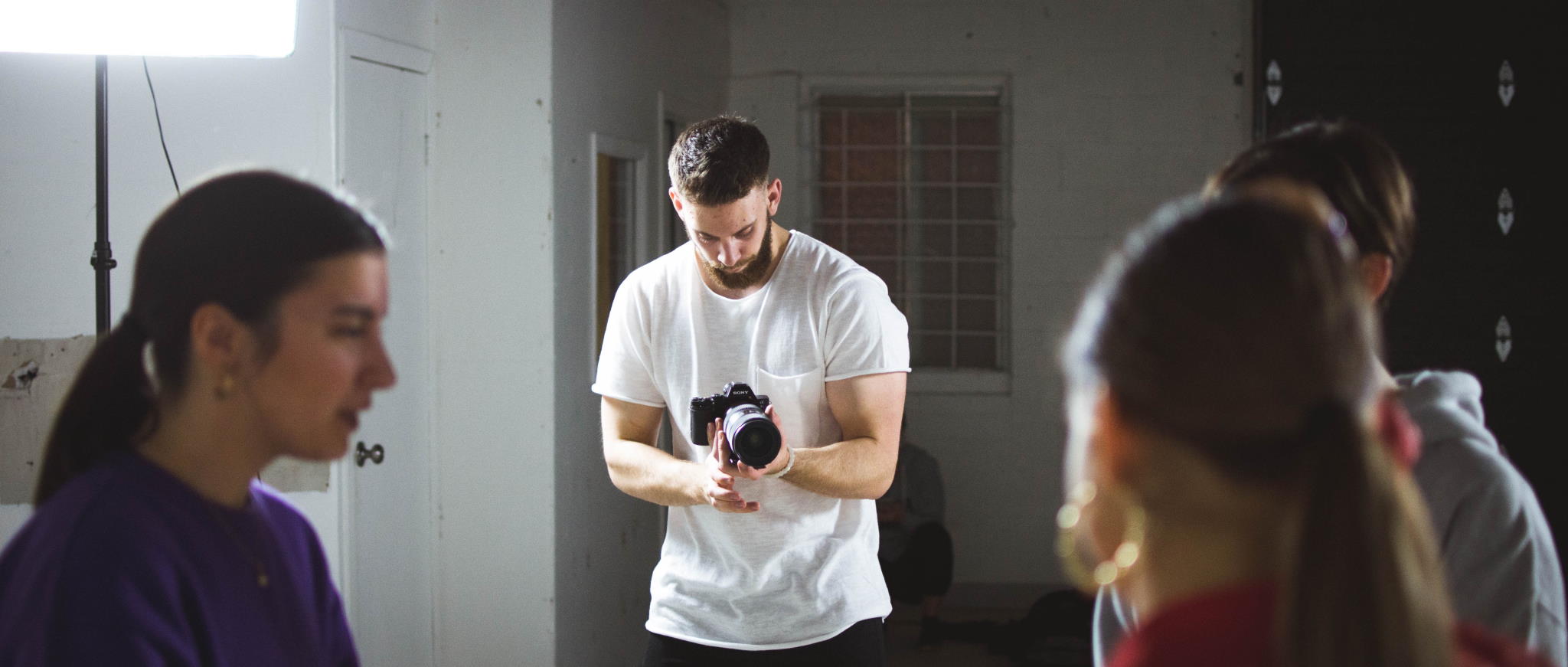# Prototype
# Role playing
- Purpose
- Experiencing and testing the prototype through the eyes of the user
- Time required
- From 1 hour to 1 day
- Participants
- Design Thinking team (actors, audience, observers)
- Level of experience
- experienced

# What is it about?
In the role play you simulate a situation by playing it. One or more actors represent the interaction with a service, a person or a product, whereby others observe the situation. The amount of fixed specifications and improvisation can be determined in any ratio according to the necessity.
# The goal
The role play is intended to give the attending participants a realistic insight into the user experience with the prototype of a product or service.
# How to do it?
- Identify the situation to be investigated.
- Determine the scenery and the roles involved.
- Formulate the storyline and frame using a script or other guidelines.
- Select the actors and assign their roles to them.
- Use requisites as needed.
- Perform the role play. If necessary, consider alternative or unconventional courses of action, such as usage errors or misunderstandings.
- Discuss your individual insights after the play.
# When do you need it?
This method is suitable for testing interaction with a prototype of a product or service. This method is a suitable for investigating the user experience, when there are few resources available.
# Resources
- Notebook
- Camera
- Requisites
# Advantages
In addition to clarity and practical relevance, bodystorming offers the advantage of working out individual aspects, developing details and ultimately improving the overall experience.
# Disadvantages
The disadvantages of this method are the time required and the difficulties in getting used to the roles. In addition, inauthentic or unrealistic behavior of the participants can slow down the success of this method.
# Keep in mind
It is important that the actors behave as naturally and realistically as possible. Not every person is suitable for the performance of every character.
# See also
| Previous methods | Alternative methods | Following methods |
# Sources
- Curedale: Design Thinking: process and methods manual (opens new window) Design Community College Inc. ISBN: 9780988236240
- Vianna, Vianna et al: Design Thinking : Innovation im Unternehmen (German) (opens new window) Logos-Verlag. ISBN: 3832534342